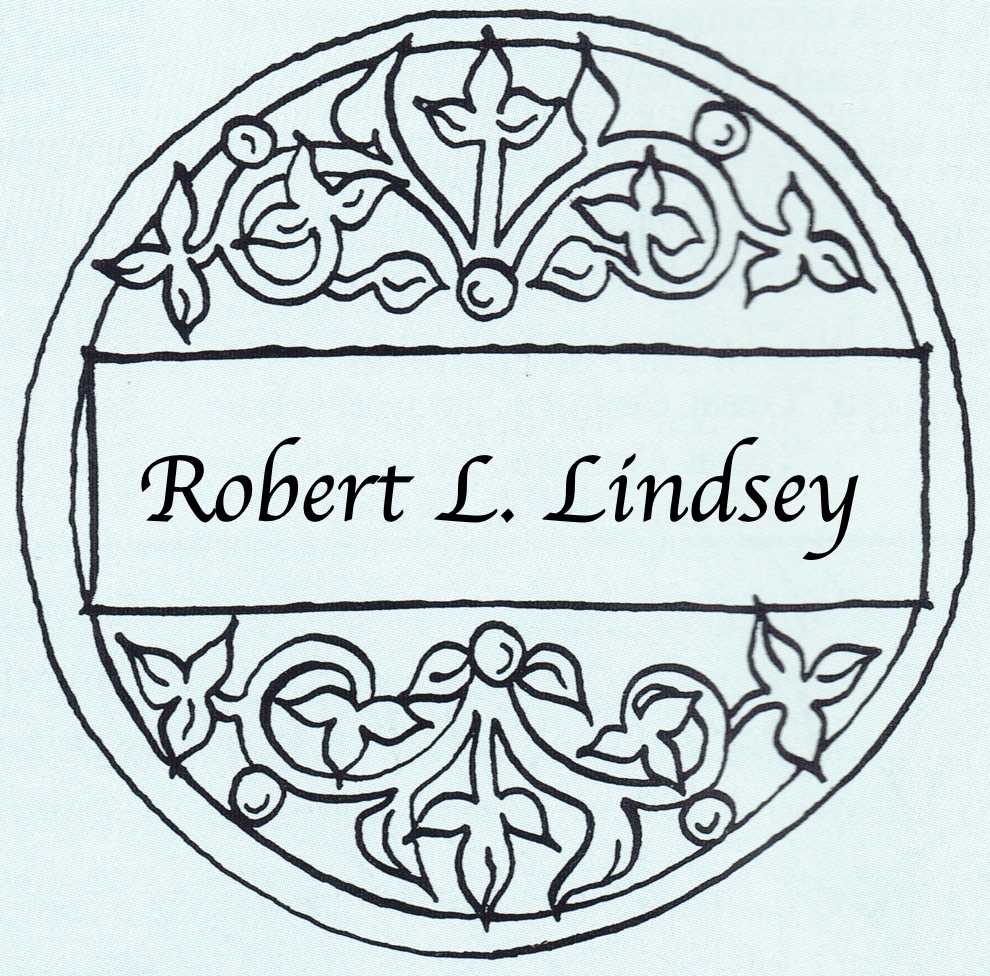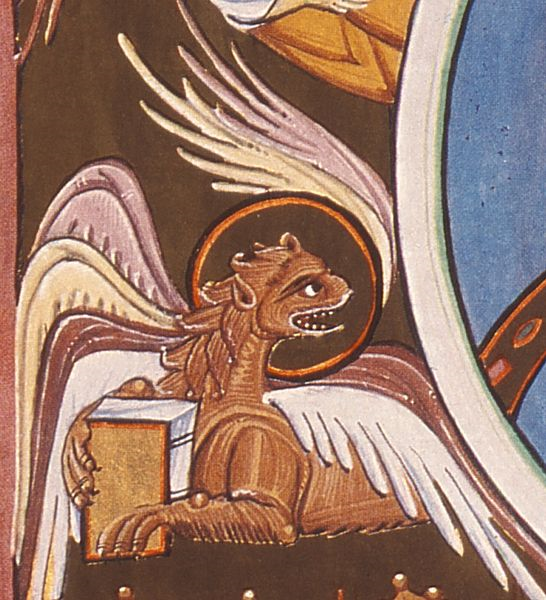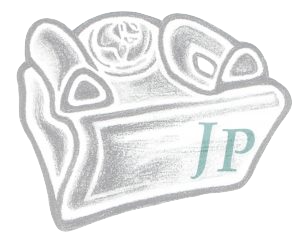Paid Content
Premium Members and Friends of JP must be logged in to access this content: Login
If you do not have a paid subscription, please consider registering as a Premium Member starting at $10/month (paid monthly) or only $5/month (paid annually): Register
One Time Purchase Rather Than Membership
Rather than purchasing a membership subscription, you may purchase access to this single page for $1.99 USD. To purchase access we strongly encourage users to first register for a free account with JP (Register), which will make the process of accessing your purchase much simpler. Once you have registered you may login and purchase access to this page at this link:
Updated: 15-December-2020
The first article I wrote on the interrelationships of Matthew, Mark and Luke to each other and to other canonical and non-canonical sources appeared in the journal Novum Testamentum.[1] The article discusses the conclusions I reached concerning the “Synoptic Problem” over several years spent translating the Gospel of Mark into Modern Hebrew.

The basic solution offered in that article includes the suggestion that the line of interdependence of the Synoptic Gospels runs from Luke to Mark to Matthew. At the time, I supposed that the three Synoptic Gospels were not merely interrelated, but that each had access to a shared non-canonical Hebraic-Greek source. Luke, I supposed, had utilized this source when composing his Gospel. Mark utilized Luke and the non-canonical Hebraic-Greek source, and finally Matthew had based his Gospel on Mark and that same Hebraic-Greek Source. This hypothesis allowed me to account for the Hebraic style of much of Luke’s material, the apparent rewriting of Luke’s material by Mark, and the minor agreements of Matthew and Luke against Mark in the Triple Tradition, since Matthew and Luke used the same non-canonical Hebraic-Greek text as one of their sources. Mark’s middle position allowed me to account for the common pericope order, but at the time I still believed that the Double Tradition, that is, the shared Matthean and Lukan pericopae not paralleled by Mark, derived from a separate source generally referred to as Q.
With further research, however, I refined my hypothesis. I reached the conclusion that Luke depended heavily on not one, but two earlier sources, which I term the Anthology and the First Reconstruction. I will describe the distinctive characteristics of these two sources below. For now, however, let me continue to describe my conclusions regarding the line of synoptic interdependence. I still maintain that Mark followed Luke, but I now believe that Mark had access to the Anthology as a separate text, whereas his knowledge of the First Reconstruction is derived solely from Luke. Nevertheless, by comparing Luke to the Anthology, Mark was able to detect the presence of the First Reconstruction, for he observed Luke departing from the Anthology’s order and wording. This observation inspired Mark to do editing and rewriting of his own, according to his peculiar and unique style. Matthew still comes in the third position. Like Mark, Matthew also consulted the Anthology, the first of Luke’s two sources, and the only source known independently to all three Synoptists. But although Matthew utilized the Anthology, he followed Mark as his principal source for pericope order and phraseology in the stories he held in common with Mark. Thus, both of Luke’s sources exerted their influence on all three of the Synoptic Gospels, although in different ways. The Anthology was known directly to Luke, Mark and Matthew. The First Reconstruction, on the other hand, was known directly only to Luke. Mark was influenced by the First Reconstruction via Luke, and Matthew, who depended on Mark, was likewise influenced by the First Reconstruction at a third remove.
Paid Content
Premium Members and Friends of JP must be logged in to access this content: Login
If you do not have a paid subscription, please consider registering as a Premium Member starting at $10/month (paid monthly) or only $5/month (paid annually): Register
One Time Purchase Rather Than Membership
Rather than purchasing a membership subscription, you may purchase access to this single page for $1.99 USD. To purchase access we strongly encourage users to first register for a free account with JP (Register), which will make the process of accessing your purchase much simpler. Once you have registered you may login and purchase access to this page at this link:
- [1] R. L. Lindsey, “A Modified Two-Document Theory of the Synoptic Dependence and Interdependence,” Novum Testamentum 6 (1963): 239-263. The article was emended and updated by Lauren S. Asperschlager, David N. Bivin and Joshua N. Tilton and published on Jan. 20, 2014 as “A New Two-source Solution to the Synoptic Problem.” ↩


![Robert L. Lindsey [1917-1995]](https://www.jerusalemperspective.com/wp-content/uploads/userphoto/28.jpg)


































































